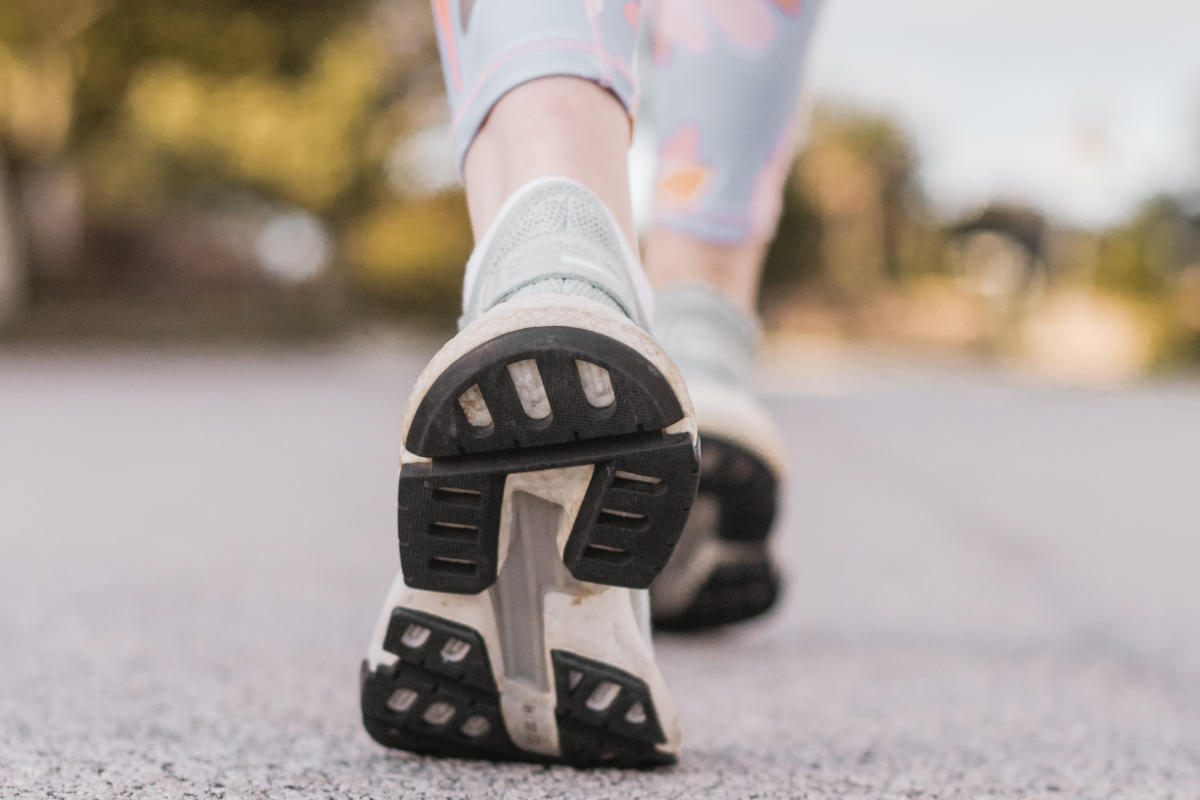We got asked this question by a customer recently, here is some information to explain further.
The iPhone’s use a combination of hardware sensors and sophisticated algorithms to accurately count your daily steps. Here’s a detailed breakdown of how this process works:
Motion Coprocessor
iPhones are equipped with a specialized motion coprocessor (M-series chip), starting from the M7 chip in older models to the more recent versions like the M15. The motion coprocessor is specifically designed to handle motion-related data efficiently without consuming significant power.
Accelerometer
The primary sensor used for step counting is the accelerometer. The accelerometer measures changes in velocity and direction of the phone. When you take a step, the accelerometer detects the movement and acceleration associated with that step.
Core Motion Framework
Apple’s Core Motion framework is a software component that processes data from the motion coprocessor and accelerometer. It employs advanced algorithms to interpret the raw motion data and determine whether the user is walking, running, or engaged in other activities.
Step Counting Algorithm
The step counting algorithm within the Core Motion framework identifies patterns in motion data that correspond to steps. It considers factors such as frequency, amplitude, and duration of motion to distinguish between steps and other movements.
Data Fusion
iPhones also use sensor fusion, combining data from multiple sensors (including the accelerometer and gyroscope) to enhance accuracy. Gyroscopes measure the device’s orientation and rotation, providing additional context for the analysis of movements.
Low-Power State
The motion coprocessor operates in a low-power state, ensuring that step counting doesn’t significantly impact the device’s battery life.
Health App Integration
The step count data is integrated into the Health app on the iPhone. Users can view their daily step count, distance travelled, and other related metrics over time.
It’s important to note that while iPhones are generally accurate for everyday step tracking, there might be minor discrepancies, especially during certain activities like cycling or when the device is not in close proximity to the body. For more precise activity tracking, users engaged in intense fitness routines may prefer dedicated fitness trackers or smartwatches with additional sensors.
Hopefully that explains the process, if anyone has any questions then please feel free to drop us a line.



